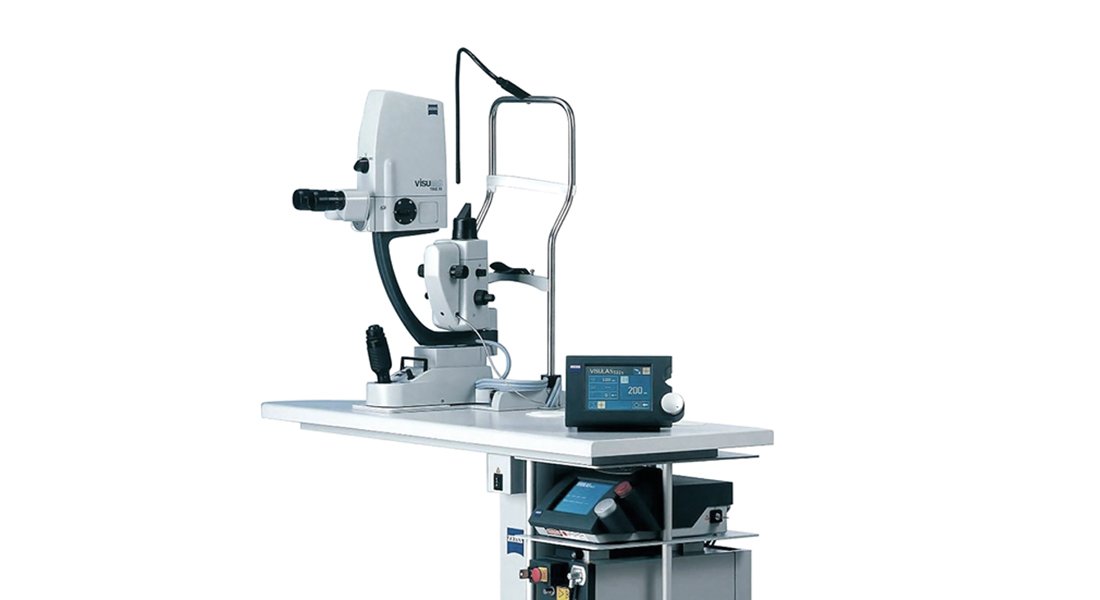
Diagnostics & Optometry
AUTO-REFRACTION
Auto-refraction testing automatically determine the correct lens prescription for your eyes.If you've discovered you might need vision correction during your eye examination, it's vital to determine just how "much" your eyes need to be corrected with lenses or contact lenses. This is called measuring your "refraction." The measurement taken by an autorefractor can be translated into a prescription for eyeglasses. Autorefractors only take a few moments to determine each measurement for each eye.
OCT
Optical coherence tomography (OCT) is a non-invasive imaging test. OCT uses light waves to take cross-section pictures of your retina.With OCT, your ophthalmologist can see each of the retina’s distinctive layers. This allows your ophthalmologist to map and measure their thickness. These measurements help with diagnosis. They also provide treatment guidance for glaucoma and diseases of the retina. These retinal diseases include age-related macular degeneration (AMD) and diabetic eye disease. To prepare you for an OCT exam, your ophthalmologist may put dilating eye drops in your eyes. These drops widen your pupil and make it easier to examine the retina. You will sit in front of the OCT machine and rest your head on a support to keep it motionless. The equipment will then scan your eye without touching it. Scanning takes about 5 – 10 minutes. If your eyes were dilated, they may be sensitive to light for several hours after the exam.
CORNEAL TOPOGRAPHY
Corneal topography is a computer assisted diagnostic tool that creates a three-dimensional map of the surface curvature of the cornea. The cornea (the front window of the eye) is responsible for about 70 percent of the eye’s focusing power. An eye with normal vision has an evenly rounded cornea, but if the cornea is too flat, too steep, or unevenly curved, less than perfect vision results. The greatest advantage of corneal topography is its ability to detect irregular conditions invisible to most conventional testing.
Corneal topography produces a detailed, visual description of the shape and power of the cornea. This type of analysis provides your doctor with very fine details regarding the condition of the corneal surface. These details are used to diagnose, monitor, and treat various eye conditions. They are also used in fitting contact lenses and for planning surgery, including laser vision correction. For laser vision correction the corneal topography map is used in conjunction with other tests to determine exactly how much corneal tissue will be removed to correct vision and with what ablation pattern.
VISUAL FIELD EXAM
Many eye and brain disorders can cause peripheral vision loss and other visual field abnormalities. Visual field tests are performed by eye care professionals to detect blind spots (scotomas) and other visual field defects, which can be an early sign of these problems. The size and shape of a scotoma offer important clues about the presence and severity of diseases of the eye, optic nerve and visual structures in the brain. For example, optic nerve damage caused by glaucoma creates a very specific visual field defect. Other conditions associated with blind spots and other visual field defects include diseases of the retina, optic neuropathy, brain tumors and stroke.
During a routine eye exam, your optometrist or ophthalmologist may recommend visual field testing to assess the full horizontal and vertical range and sensitivity of your vision. These "baseline" visual field test results can then be used to assess potential changes in your visual field in the future.
IOL MASTER EXAM
As the providers of your cataract surgery, the main goal of Canadian ophthalmologists is to provide you with the best visual outcome possible. To help achieve this goal, some pre-surgery testing options that are not typically covered by your provincial or territorial plan are available for you to consider. One option is special testing with the IOLMaster, and the second is Wavefront Analysis to facilitate selecting the ideal intraocular lens for you. The IOLMaster uses laser technology to measure the length of the eye. Measuring the length of the eye accurately is extremely important in cataract surgery, as it allows the eye surgeon to select the right power lens to implant for each patient. The IOLMaster is the latest technology in this area, and is more accurate than any other method, including the ultrasound test typically covered by provincial and territorial health plans. IOLMaster testing is an option available for patients who would like the best possible accuracy available for lens selection. In many cases the increase in accuracy reduces the need for glasses after surgery.
